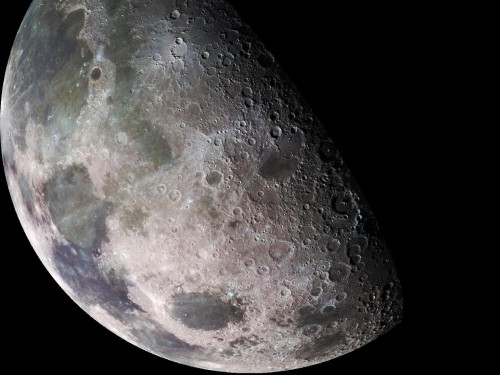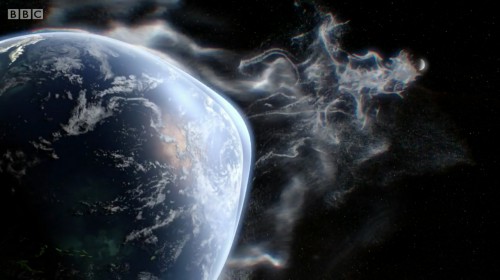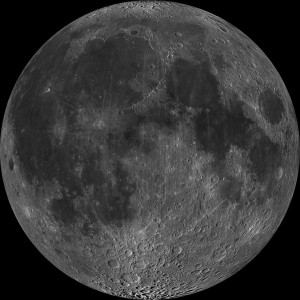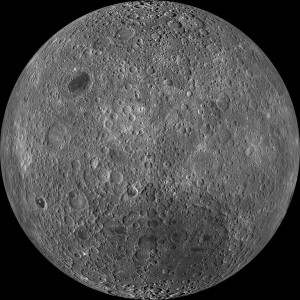Hello all!
I’m back!
Just in time to see the year (and decade) out! 😊
I’ve been working on a series on electric vehicles, which I’ll start to publish in the new year. Today though, I’m going to look into the future and make some predictions on what the world will look like 10 years from now.
In 2019, 2030 may seem really far away, but today, we’re closer to 2030 than we are to 2009.
Here are three bold predictions I believe stand a very real chance of coming true over the next decade.
95% of Global New Car Sales Will Be Electric
A decade ago, there weren’t any serious electric cars available on the market. If you played golf or delivered milk, you might use a short-range electric vehicle, but if you wanted to drive 400 miles at 70mph, it just wasn’t possible.
In 2012 the Tesla Model S arrived, as did the Supercharger network, which meant you could drive for 250 miles, stop for forty-five minutes on a 72kW charger and then drive another 150 miles, powered 100% by electricity!
This seemed like a breakthrough at the time, although today cars are available with almost 400 miles of range, and charging takes a fraction of the time, with some networks offering speeds of 350kW – juicing up at well over a thousand miles per hour!
Range has been creeping up, charging speeds rapidly improving and prices have dropped significantly. It’s now possible to pick up a second-hand 100-mile range Renault Zoe or Nissan Leaf for less than £7,000! Alternatively, the 2020 Renault Zoe will have a 200-mile range and cost around £25,000.
EVs require less maintenance than petrol and diesel-powered cars, and are significantly more efficient and cheaper to run – reducing the total-cost-of-ownership. It’s this, coupled with the push for cleaner air and global climate concerns that lead me to believe that the tipping point for electric cars is coming very soon. By 2025 I believe more than 50% of new car sold in Europe, North America and China will be powered solely by electricity. 🔋⚡🔌🚗
Humans Will Set Foot On Mars
In the 1960s there was a great race for space – with Neil Armstrong setting foot on the Moon in 1969. Since then, the dash for extraterrestrial exploration has slowed somewhat, which fewer advances and less drive from governments to get into space.
A notable exception is the ISS, which is celebrating 20 years in orbit – having been permanently manned since November 2000.
NASA has plans for a sustained lunar presence from 2028, something that’ll be much easier thanks to booming interest from the private sector. Rocket Lab, SpaceX and Blue Origin all have ambitious space plans, and a proven track-record of success.
Arguably the most iconic moment of the decade for space travel came as private enterprise SpaceX launched of its Falcon Heavy, simultaneously landing two Falcon 9 boosters.
Mars and Earth are close (in space terms!) every 26 months, meaning roughly every two years, there is an optimal launch window open for a trip to the red planet. The 13th of October 2020 is when the two planets will next be closest, although it’s highly unlikely a manned mission will be launched by then.
The last window of the next decade will the March 2029, which is when I’m guessing the first human will set foot on the red planet – 60 years after Neil Armstrong set foot on the moon.
While the first human to set foot on Mars will probably go straight from Earth, I believe a permanent lunar base will mean that most missions to Mars post-2040 will launch from the Moon, not Earth. This is because it’s likely to be far cheaper to conduct smaller launches from Earth and bigger ones from the Moon – due to the lower gravity.
If the moon has the resources needed for rocket fuel (ice at the poles which can be broken down into hydrogen and oxygen) and to make materials – via 3D printing – in future it could become the springboard to space! 🚀
10 Countries Will Be Cashless
More and more transactions are moving online. When you check-out your virtual basket of goods on the internet, you don’t have the option to pay with cash – one example of how notes and coins are less useful than they once were.
Sweden is expected to go cashless in 2023 and in many developed nations, the use of cash as a means of paying for things is dropping. In the UK, cash was king, accounting for 60% of all payments in 2008 and remaining the single most popular way to pay until 2017 – since then debit cards have been the most popular way to pay.
By 2028, UK Finance believes debit cards, direct debits and credit cards will all be more common ways to pay than cash, with cash accounting for only 9% of payments. The drop from 60% to 9% in two decades shows the scale of the decline.
On a recent visit to Singapore, it struck me just how far ahead it is in terms of payment methods. Everywhere I visited supported some form of virtual payments; from contactless on the MRT and in-app payments for taxis, to online payments for the hotel and card payments at a 7 Eleven.
Mobile banking, cryptocurrencies, online shopping and contactless technology all offer convenience and are alternatives to support a cashless future.
Naturally, in many parts of the world, lack of development and technological literacy, as well as nostalgia, habits and cultural preferences, mean cash will remain on the global stage for a while yet.
I do think around 5% of the world (10 countries) will become cashless in the next decade though – with Singapore and Sweden both likely candidates. 💷💳
Happy New Year! 🎆🎇✨🎉🎊
Thanks for reading and taking an interest in Technology Bloggers, we really do appreciate it 😊
Let me know your thoughts on my predictions and if you’ve got any of your own!
Happy New Year! 😄








